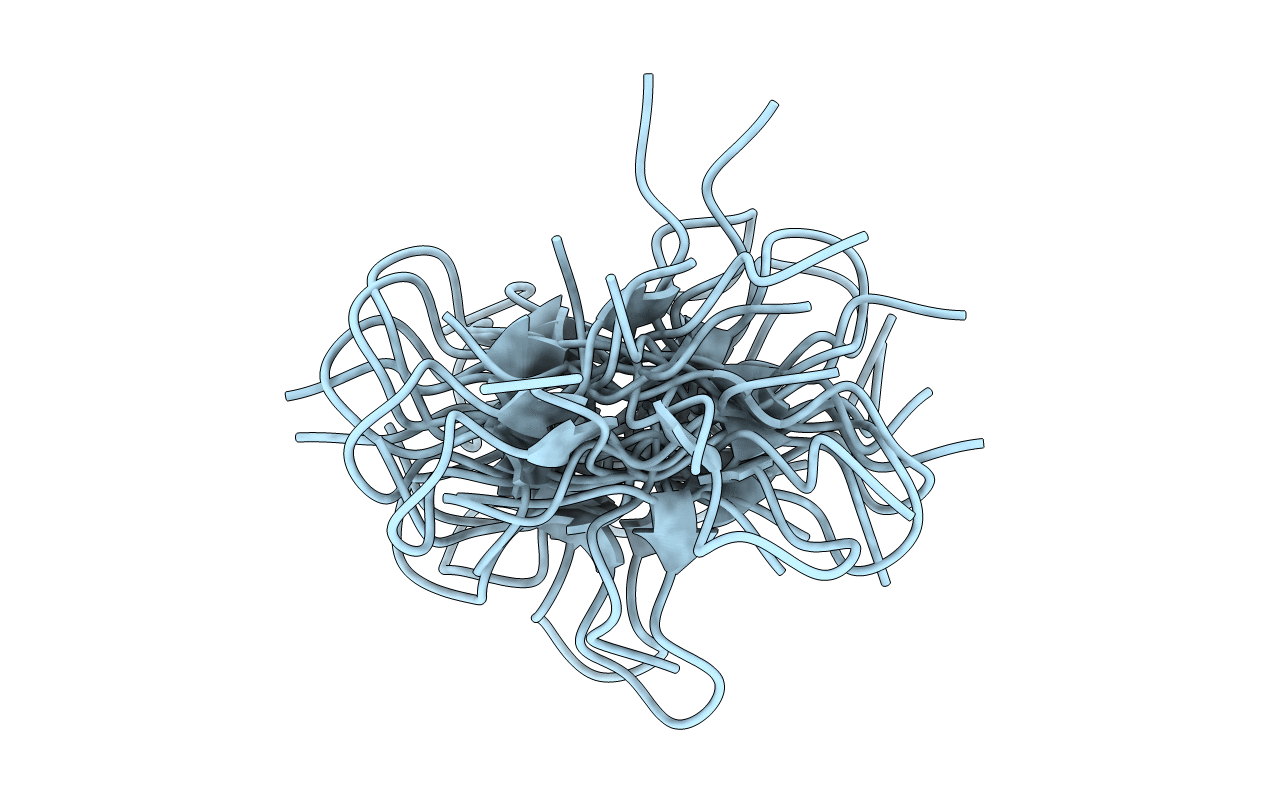
Deposition Date
2005-09-28
Release Date
2005-10-11
Last Version Date
2024-10-30
Entry Detail
Biological Source:
Source Organism:
Method Details:
Experimental Method:
Conformers Calculated:
100
Conformers Submitted:
17
Selection Criteria:
structures with the least restraint violations, structures with the lowest energy


